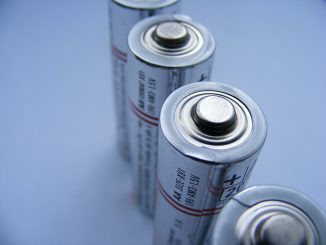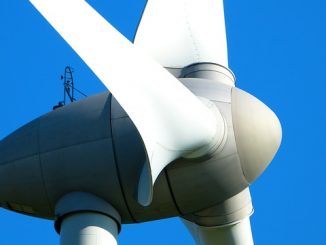
The energy storage and, in particular, storage of electricity has been heading the concerns in the field of Smart Grids for a couple of years.
We are therefore focused on monitoring the progress of the different technologies considered for storing electricity. We “forsake” other energy storage technologies, efficient and effective: those relating to thermal storage.
We have long known in many countries, the principle of hot water tanks, heated in off-peak hours, and returning hot water at any time of the day.
Other technologies are newsworthy.
First, the technologies that store heat in a material whose temperature is raised. The properties of such materials are an important thermal inertia and an ability to withstand very high temperatures.
High capacity solutions have been developed for the inter-seasonal storage: underground storage tank in the rock or in cavities. The Drake Landing Solar Community in Alberta (Canada) feeds a neighbourhood with solar heat produced in summer and stored underground. Many facilities also operate in Scandinavia.
Other technologies are based on the change of state (solid / liquid) of materials, eg water. There is no large capacity installation based on these technologies despite numerous on-going tests.
By cons, cold storage solutions are industrialized and reliable today to be deployed on air conditioning systems in buildings. Using the properties of ice, they achieve a very high storage density and superior performance to 90%.
Some of these technologies have therefore passed the development phase and allow all, in their way, to limit the peak power consumption.
In the development of a Smart City, they are now to be considered carefully.



Leave a Reply